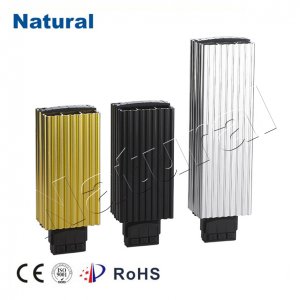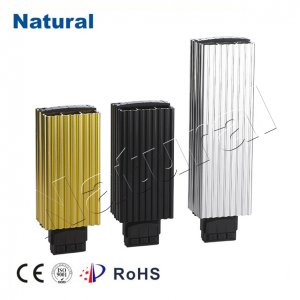Element heaters are widely recognized as effective and efficient heating solutions for residential and commercial spaces. These devices are designed to provide warmth by converting electrical energy into heat through resistive heating elements. With the ability to quickly raise the temperature of a room, element heaters have become popular choices for homeowners looking to enhance comfort during the colder months. This article explores the functioning, types, advantages, and considerations associated with element heaters.

How Element Heaters Work

At the core of every element heater is a heating element, typically made of metal or other resistive materials. When electricity flows through the heating element, it encounters resistance, causing the element to heat up. This heat is then radiated into the surrounding environment, effectively warming the air and objects in the room. The design of element heaters allows for a quick response time, enabling them to heat spaces rapidly, which is particularly advantageous in regions with fluctuating temperatures. Types of Element Heaters Element heaters come in various forms, each designed to meet different heating needs. Here are some common types:
